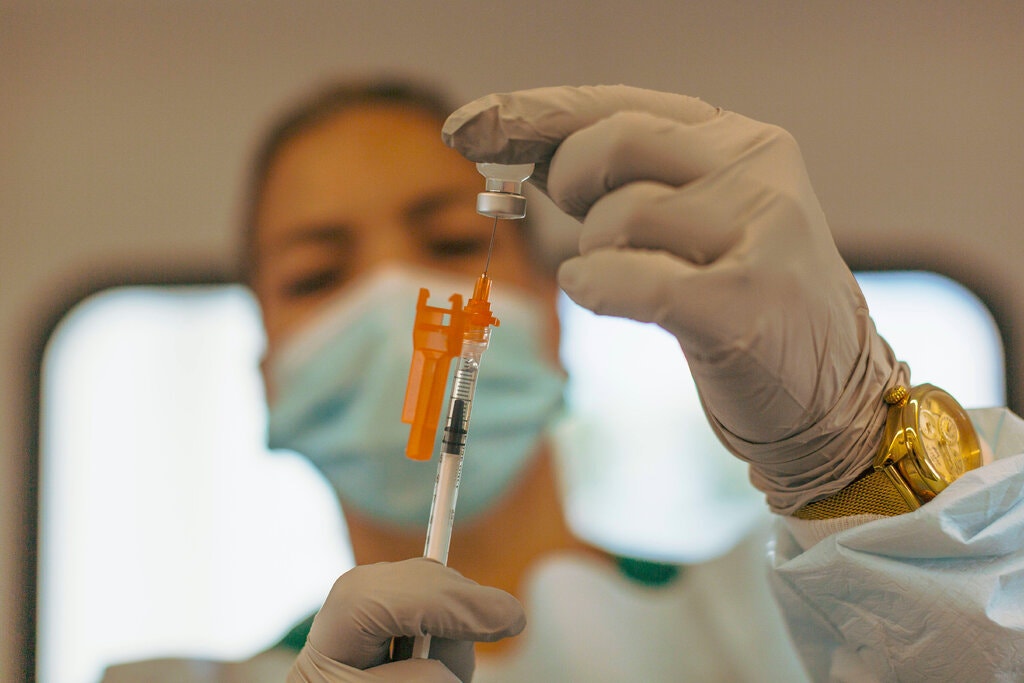The findings add to growing evidence that most people immunized with the mRNA vaccines may not need boosters, so long as the virus and its variants do not evolve much beyond their current forms — which is not guaranteed. People who recovered from Covid-19 before being vaccinated may not need boosters even if the virus does make a significant transformation.
“It’s a good sign for how durable our immunity is from this vaccine,” said Ali Ellebedy, an immunologist at Washington University in St. Louis who led the study, which was published in the journal Nature.
The study did not consider the coronavirus vaccine made by Johnson & Johnson, but Dr. Ellebedy said he expected the immune response to be less durable than that produced by mRNA vaccines. Based on those findings, researchers suggested that immunity might last for years, possibly a lifetime, in people who were infected with the coronavirus and later vaccinated. But it was unclear whether vaccination alone might have a similarly long-lasting effect.
Dr. Ellebedy’s team sought to address that question by looking at the source of memory cells: the lymph nodes, where immune cells train to recognize and fight the virus.
After an infection or a vaccination, a specialized structure called the germinal center forms in lymph nodes. This structure is an elite school of sorts for B cells — a boot camp where they become increasingly sophisticated and learn to recognize a diverse set of viral genetic sequences.
The broader the range and the longer these cells have to practice, the more likely they are to be able to thwart variants of the virus that may emerge.
“Everyone always focuses on the virus evolving — this is showing that the B cells are doing the same thing,” said Marion Pepper, an immunologist at the University of Washington in Seattle. “And it’s going to be protective against ongoing evolution of the virus, which is really encouraging.”
After infection with the coronavirus, the germinal center forms in the lungs. But after vaccination, the cells’ education takes place in lymph nodes in the armpits, within reach of researchers.


